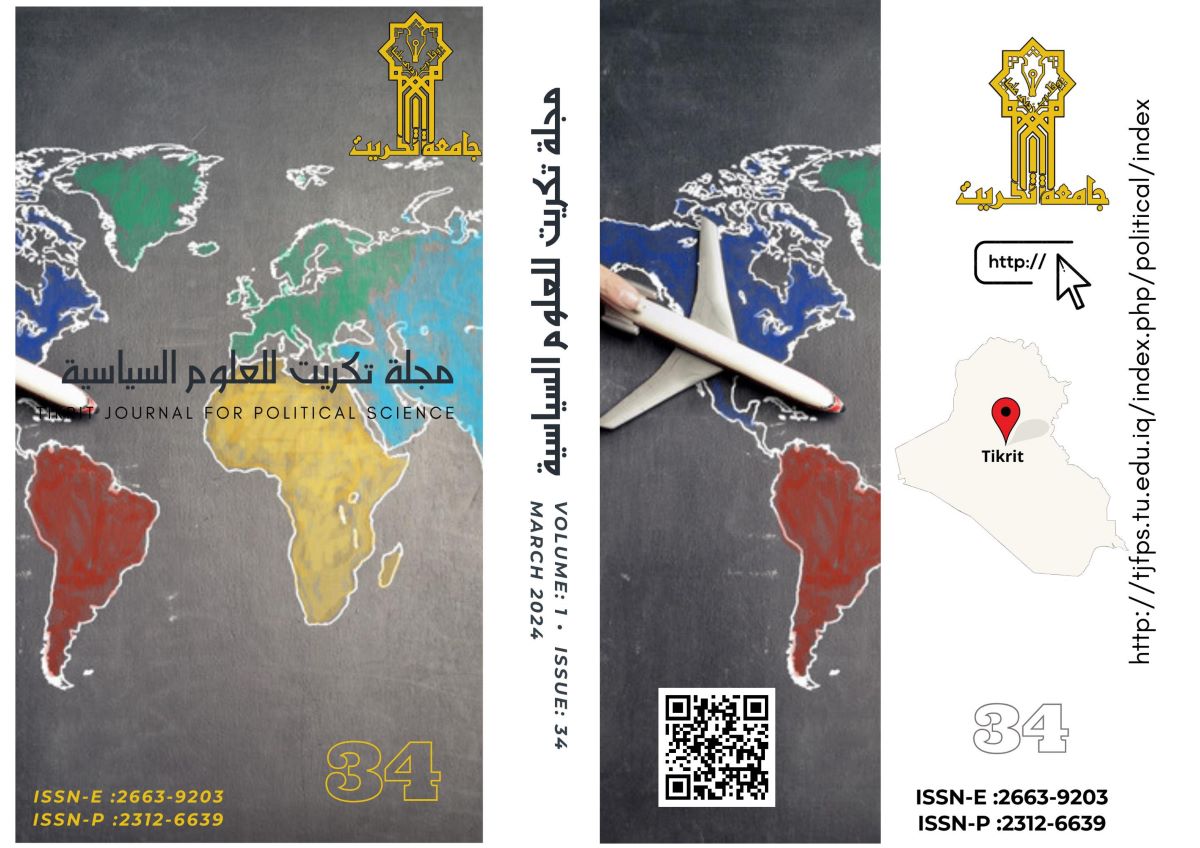Theory of knowledge in Islamic thought: according to the sects of Ahl al-Kalaam
DOI:
https://doi.org/10.25130/tjfps.v1i34.315Keywords:
• Epistemology • Revelation • Mu’tazila • Ash’ari • MaturidismAbstract
Knowledge is the essence of the Islamic religion, as it is what leads a person to understand the religion and apply it in his life. Islamic thought has attached great importance to knowledge, as it is the most important of the legal objectives. Because of this importance, the general knowledge of the people has always been occupied until now with the thought of scholars and researchers, and how to reach knowledge using scientific methods, and after applying this thinker, scientific outreach and its delivery came out in its simplest form, and therefore it is necessary to find a scientific meaning in Islamic thought, to reach the Islamic theory. How to obtain knowledge through scientific sources and methods followed by Islamic thinkers, and because it is an Islamic theory, in its general framework, it does not deviate from the Qur’an and the Sunnah of the Prophet except in light of interpretation and effort within the available space (full space). However, this is a criterion except we find that Islamic thinkers They differed in laying down foundational foundations for knowledge, each according to his belief in knowledge, so different schools of thought appeared, especially the groups of Ahl al-Kalaam (the Mu’tazila, the poets, the Maturidite, and the philosophers), each according to his scientific method, an opinion and thought different from the other, so in their scientific results they were close and far from Islamic implementation. However, everyone was trying to get to the bottom of things.


